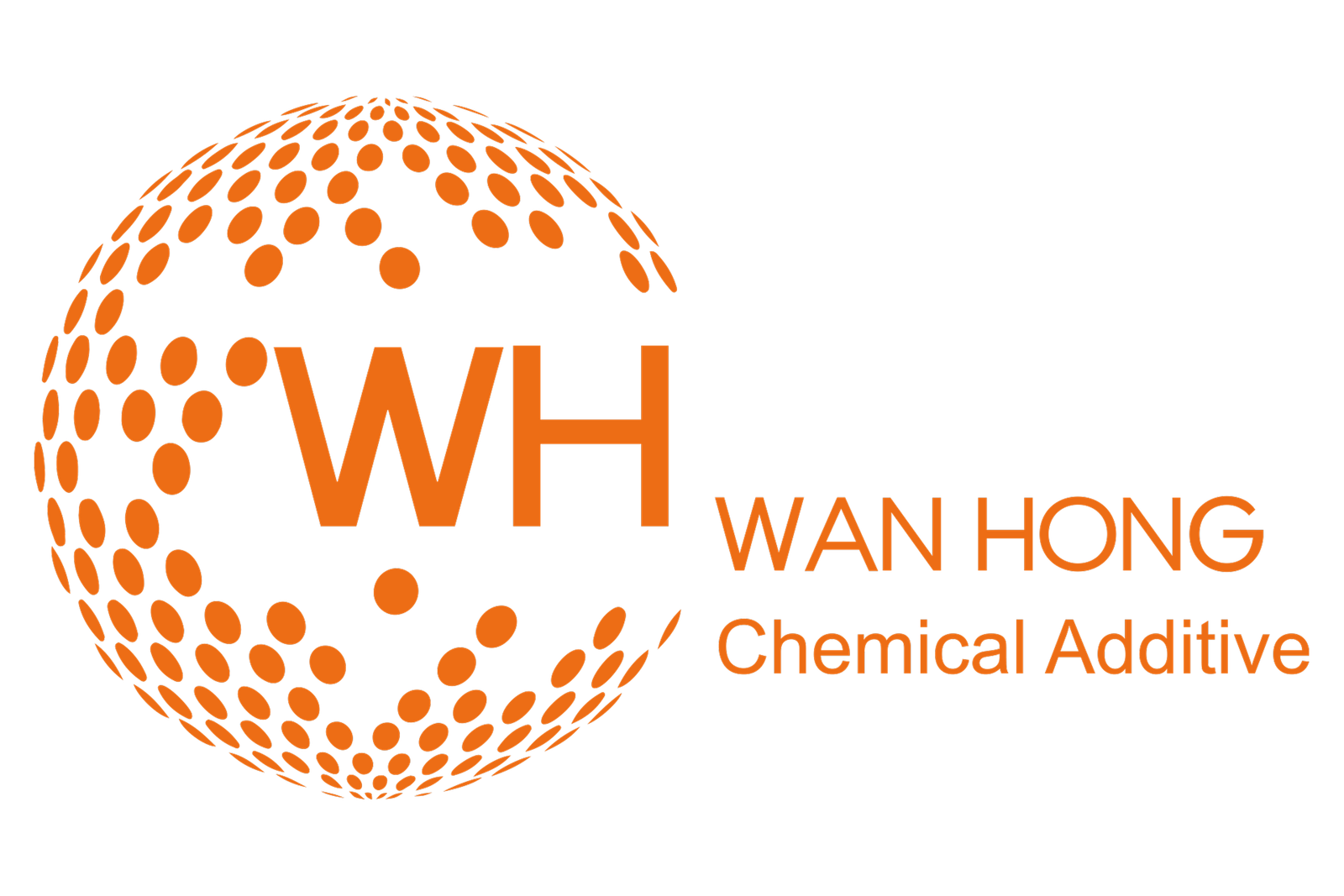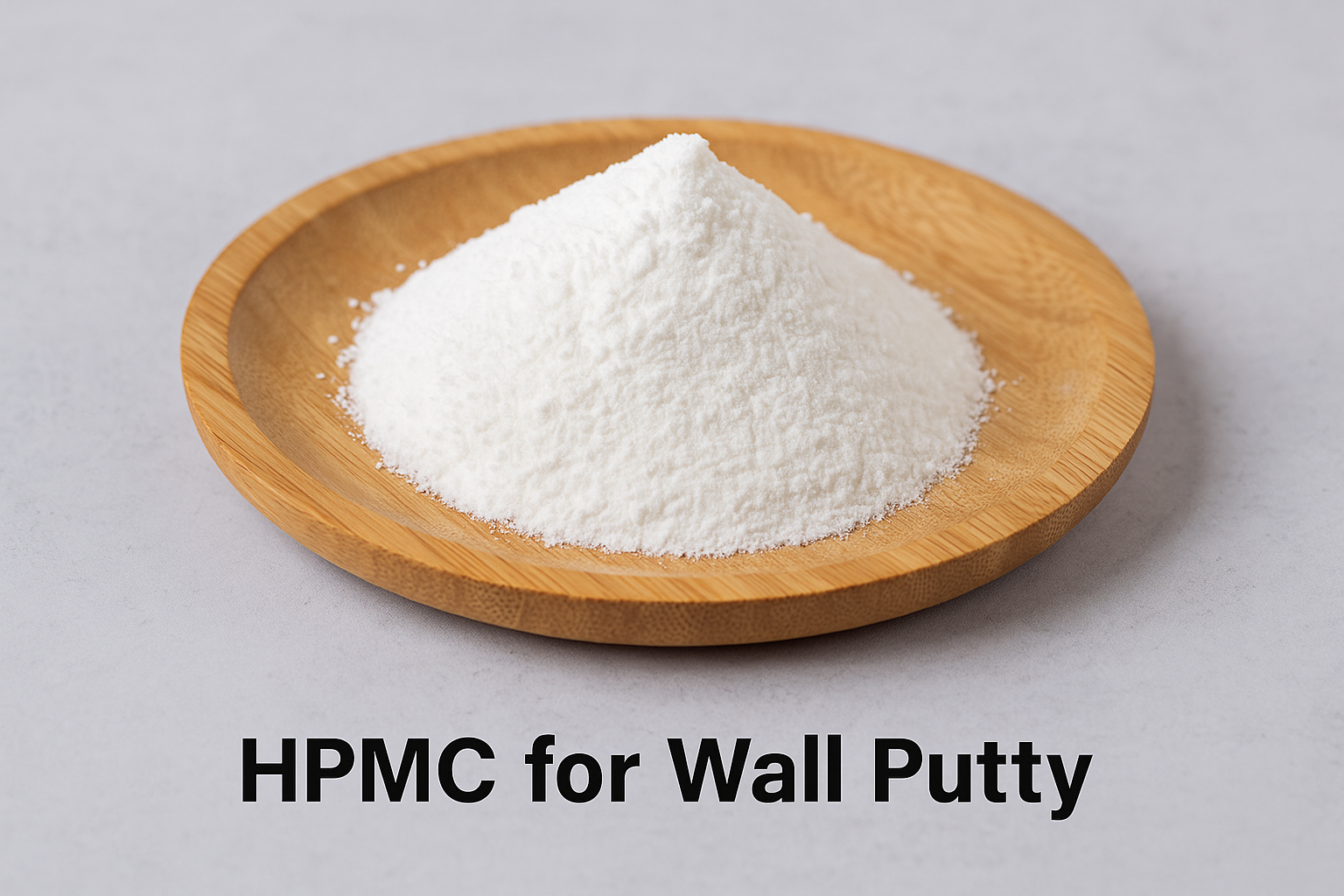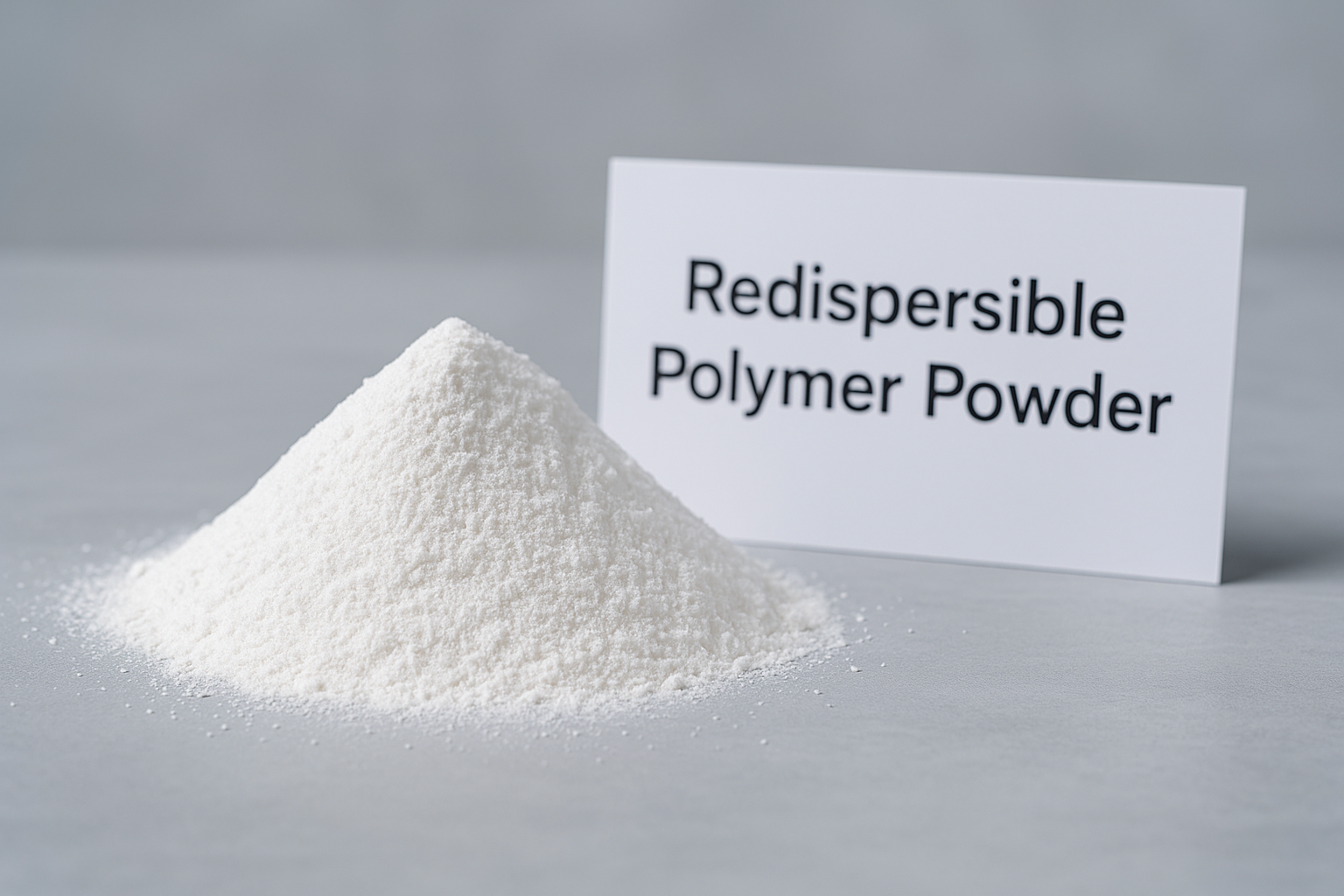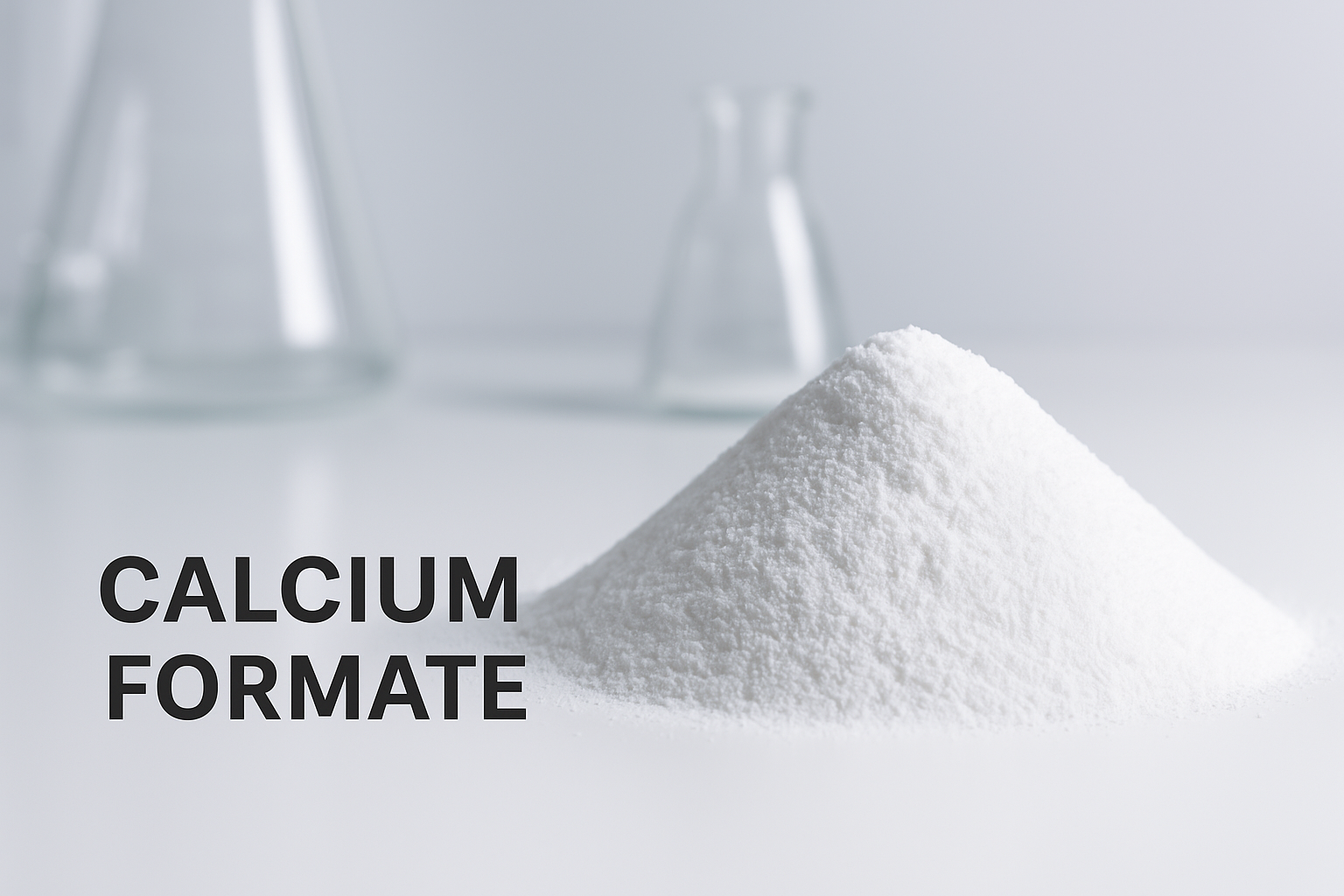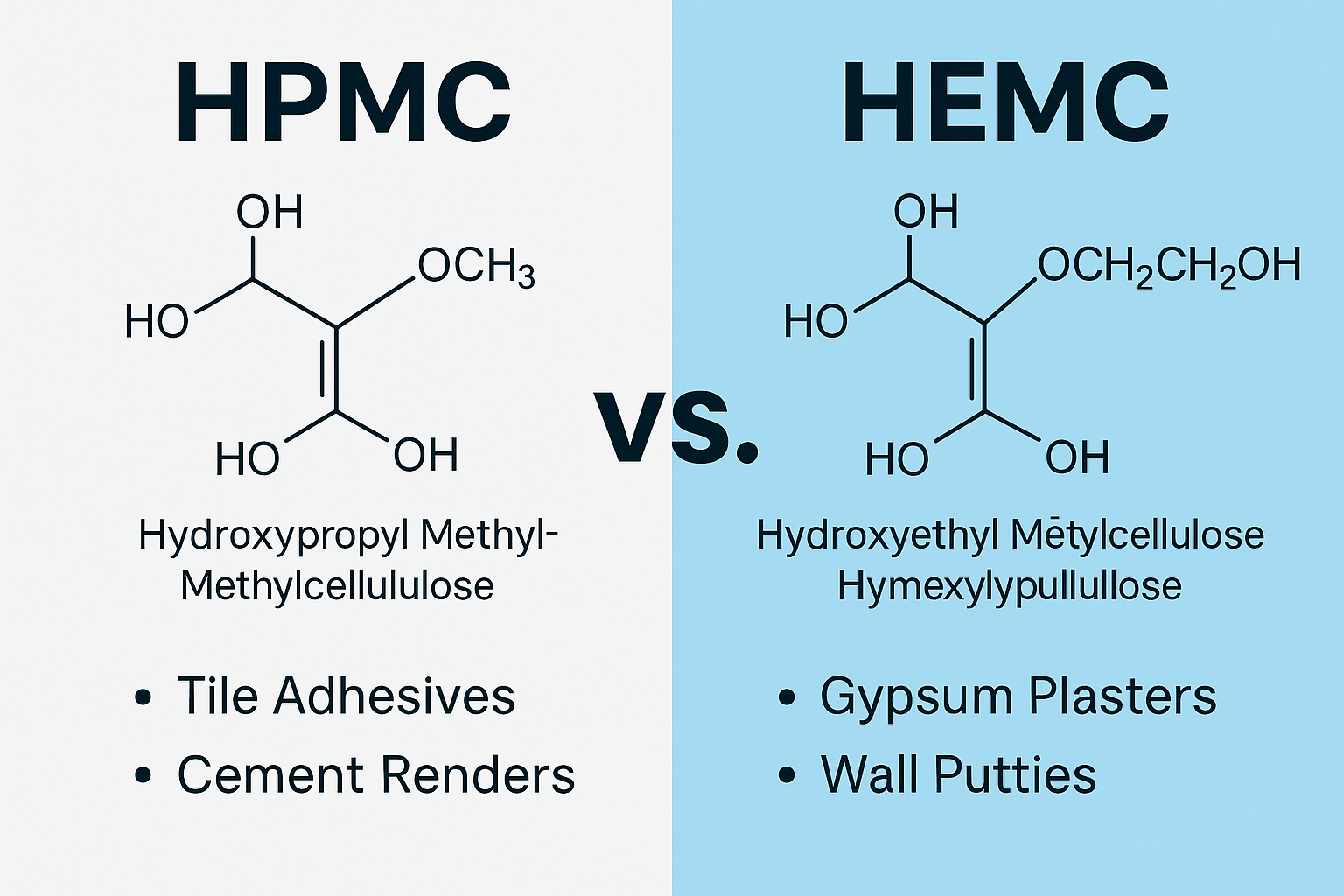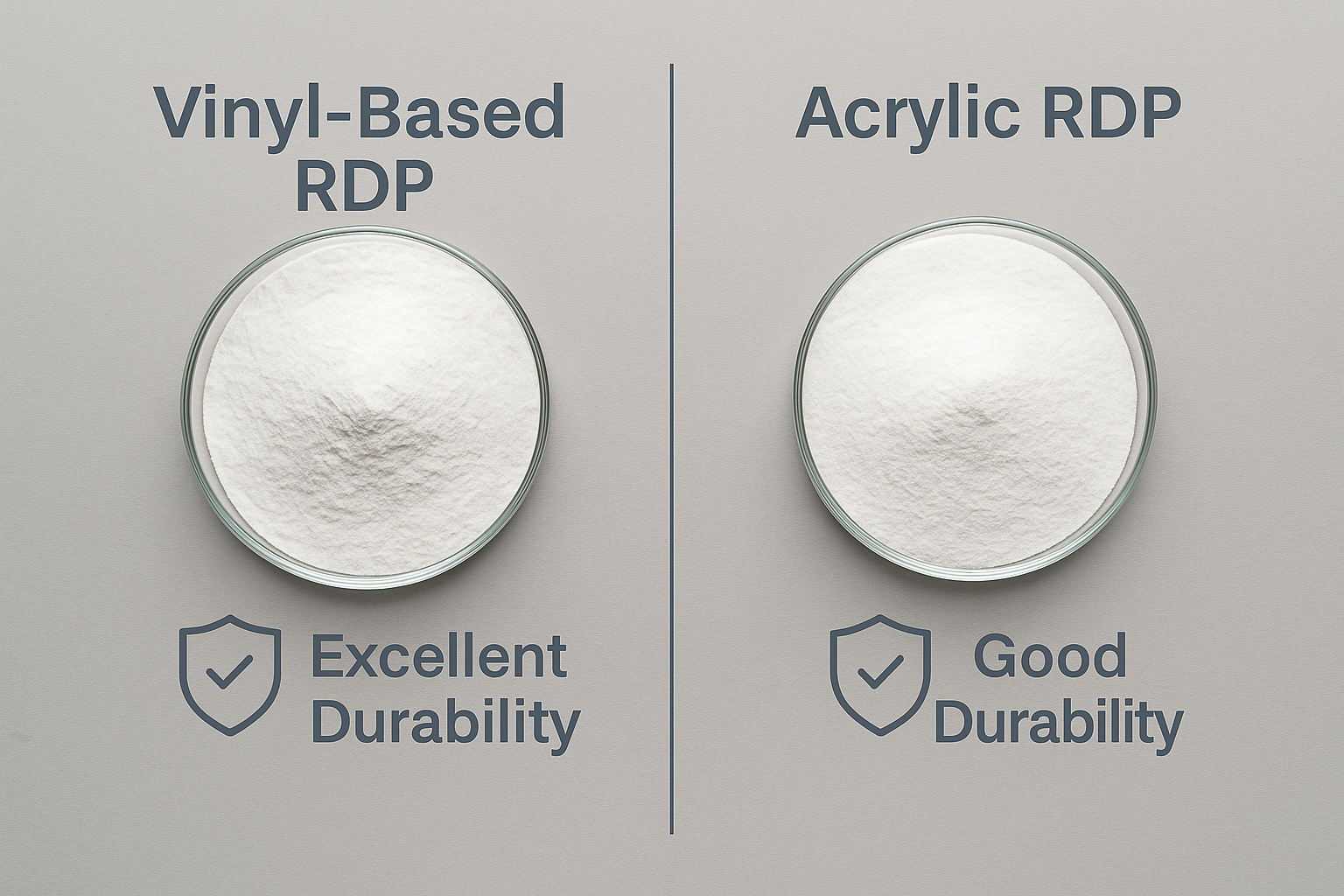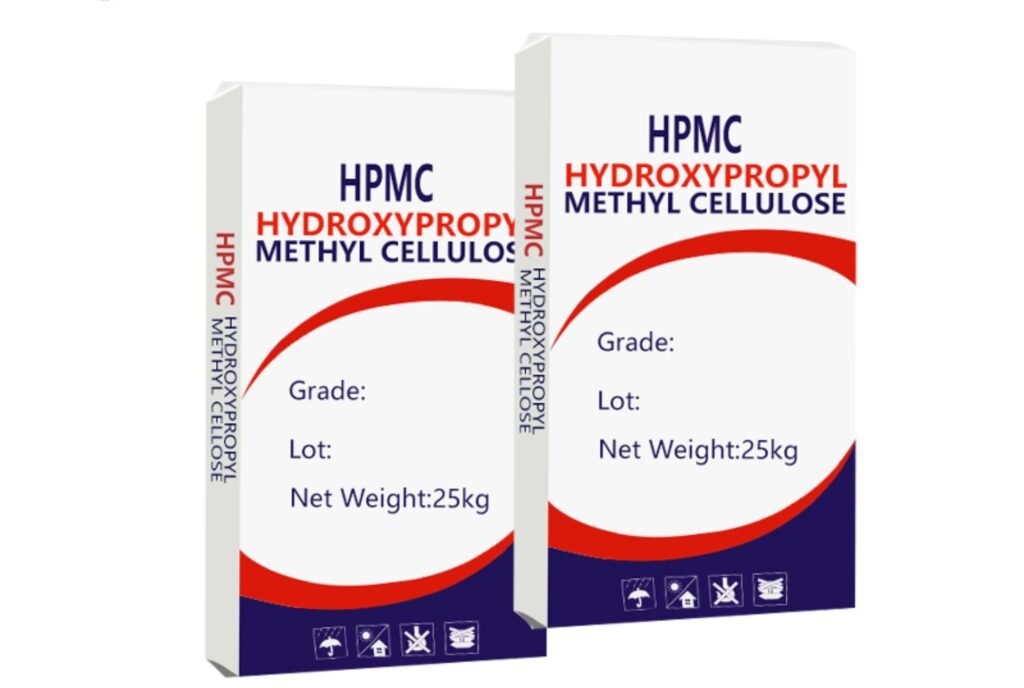Working with concrete in cold weather or needing rapid strength development can be challenging. Waiting days for concrete to set properly causes project delays and increases costs.
A concrete accelerator is an admixture added to concrete mixtures to speed up the setting and hardening processes. It works by accelerating the chemical reaction between cement and water, allowing concrete to gain strength more quickly, especially in cold weather conditions.
Accelerators have transformed the construction industry by enabling year-round concrete work and faster project completion. Let's explore how these chemical additives work, the different types available, and when to use them for optimal results.
What is Accelerator in Concrete?
Slow concrete setting times can delay your project timeline and increase labor costs. Cold weather makes this problem even worse, sometimes halting construction entirely.
Concrete accelerators are chemical additives mixed into concrete during preparation to speed up the hydration process of cement. They reduce setting time and accelerate early strength development1, allowing for faster form removal, earlier surface finishing, and quicker project completion.
Accelerators work by enhancing the chemical reactions between cement and water. When cement particles mix with water, they form calcium silicate hydrate (C-S-H) gel, which gives concrete its strength. Accelerators modify this reaction, making it happen faster and more efficiently.
The speed increase varies based on the type and amount of accelerator used. Some can reduce setting time by 30-60%, while others focus on boosting early strength development. This gives contractors flexibility to choose accelerators based on specific project requirements.
Most accelerators also provide secondary benefits like improved workability and reduced bleeding. Some specialized formulations offer freeze protection for cold weather concreting, making them essential for winter construction projects in colder regions.
What does an Accelerator do in Concrete?
Winter construction deadlines loom while temperatures drop, threatening concrete's ability to set properly. Without intervention, projects face costly delays and potential quality issues.
Concrete accelerators speed up the hydration process2 by increasing the dissolution rate of cement compounds, particularly tricalcium silicate (C3S) and tricalcium aluminate (C3A). This accelerated chemical reaction produces heat faster, reduces setting time, and enables concrete to gain early strength even in challenging conditions.

Accelerators provide several key benefits for concrete construction. First, they reduce the initial setting time, allowing for faster finishing operations. This is particularly valuable in cold weather when setting times naturally increase.
Beyond just speeding up setting, accelerators enhance early strength development. This enables earlier formwork removal, allowing construction to proceed more quickly. In precast concrete manufacturing, this means faster production cycles and increased efficiency.
Many accelerators also generate heat during the hydration process, which is crucial for cold weather concreting. This internal heat helps protect fresh concrete from freezing damage during the critical early curing period. Some accelerated concrete mixtures can gain enough strength within hours to resist freezing damage, compared to days for non-accelerated mixes.
For repair projects where rapid strength gain is essential, accelerators allow structures to return to service quickly. This is particularly important for infrastructure repairs on roadways, bridges, and other critical structures where minimizing downtime is essential.
Concrete Accelerators Types
Your project faces tight deadlines, but different weather conditions and strength requirements make choosing the right accelerator confusing and potentially costly if you select incorrectly.
Concrete accelerators fall into two main categories: chloride-based (like calcium chloride) and non-chloride based (including calcium nitrate, calcium formate, and triethanolamine). Chloride-based options are more economical but can cause corrosion in reinforced concrete, while non-chloride alternatives are safer for steel reinforcement but typically more expensive.

Chloride-based accelerators have dominated the market for decades due to their effectiveness and low cost. Calcium chloride3 is the most common, typically used at 1-2% by weight of cement. These accelerators work by increasing the rate of cement hydration, generating heat, and accelerating setting times by up to 50%.
However, they have significant limitations—they increase concrete's susceptibility to corrosion, making them unsuitable for reinforced concrete structures or projects requiring embedded metals.
Non-chloride accelerators were developed to address these corrosion concerns. They include:
- Calcium nitrate: Forms calcium hydroxide crystals that accelerate setting while providing corrosion inhibition properties
- Calcium formate: Promotes rapid formation of calcium silicate hydrate gel without the corrosion risks
- Triethanolamine: Often used in combination with other chemicals for synergistic acceleration effects
- Sodium silicate: Creates rapid hardening through different chemical mechanisms than traditional accelerators
These non-chloride options typically cost 3-5 times more than calcium chloride but are essential for reinforced concrete applications where long-term durability is paramount.
Some modern accelerators also incorporate multiple technologies, combining different mechanisms to achieve optimal performance while minimizing side effects like decreased long-term strength or increased shrinkage that can occur with some accelerator types.
Examples of Concrete Accelerators
Selecting the wrong concrete accelerator for your specific application can result in unexpected side effects like reduced final strength or incompatibility with other admixtures in your mix.
Common commercial concrete accelerators include calcium chloride (the most economical option), calcium nitrate (corrosion-inhibiting), sodium silicate (for shotcrete applications), calcium formate (balanced performance), and proprietary blends from manufacturers like BASF's MasterSet AC 534, Sika Rapid-1, and Euclid Chemical's Accelguard 80.

Calcium chloride remains the industry standard for non-reinforced concrete applications, available as white flakes or in liquid form. It typically accelerates setting time by 30-40% at recommended dosages and increases one-day strength by up to 100% compared to non-accelerated concrete. However, its corrosion potential limits its applications.
For reinforced concrete, calcium nitrate has gained popularity not only for its acceleration properties but also for its ability to protect reinforcing steel. It creates a passive layer on steel surfaces that inhibits corrosion initiation. Products like YaraLiva CN outperform basic calcium nitrate by incorporating optimized crystal morphology for better dispersion.
Shotcrete applications often utilize liquid sodium silicate accelerators, which create nearly instantaneous setting. Products like Meyco SA 160 allow shotcrete to adhere to vertical and overhead surfaces without slumping—essential for tunnel construction and mining applications.
For specialty applications, manufacturers have developed custom blends:
| Accelerator Type | Brand Example | Best Application | Setting Time Reduction |
|---|---|---|---|
| Calcium Chloride | Dowflake Xtra | Plain concrete in cold weather | 30-40% |
| Calcium Nitrate | YaraLiva CN | Reinforced structural concrete | 15-25% |
| Sodium Silicate | Meyco SA 160 | Shotcrete for tunnel support | 80-90% |
| Non-Chloride Blend | MasterSet AC 534 | High-performance concrete | 20-30% |
| Lithium-based | Euclid Accelguard NCA | Architectural concrete | 15-20% |
These commercial products often contain proprietary additives that enhance performance or reduce side effects like decreased long-term strength that can occur with basic accelerator chemicals.
Advantages of Accelerators in Concrete
Construction delays cost money and create stress, especially when weather conditions threaten to halt progress entirely on critical concrete pours.
Concrete accelerators provide numerous benefits including faster setting times, early strength development, reduced formwork time, extended construction seasons, improved cold weather performance, enhanced productivity, and cost savings. These advantages make them essential for time-sensitive projects and winter construction.

The primary advantage of accelerators is their ability to reduce setting time by 30-70% depending on the type and dosage. This enables contractors to finish concrete surfaces earlier, reducing labor costs and minimizing exposure to adverse weather conditions.
For example, a sidewalk that might normally require 4-5 hours before finishing can often be completed in 2-3 hours with accelerators.
Early strength development is another crucial benefit. Accelerated concrete can achieve in 1-3 days what conventional concrete reaches in 7 days. This early strength gain allows for:
- Faster formwork removal: Forms can typically be removed 30-50% sooner, allowing them to be reused more frequently and reducing form inventory requirements
- Earlier structural loading: Supporting elements can bear loads sooner, speeding up construction sequencing
- Reduced protection time: The critical period requiring temperature protection in cold weather is shortened
Cold weather performance improvements are particularly valuable for extending construction seasons. Accelerators generate additional heat during hydration, helping concrete maintain temperatures above freezing even when ambient temperatures drop below 40°F (4°C). This allows winter construction to proceed safely when it might otherwise be impossible.
From a financial perspective, accelerators typically add $5-15 per cubic yard to concrete costs, but the savings in labor, reduced heating requirements, and faster project completion often result in overall project savings of 2-5% or more, particularly for time-sensitive work.
Which is the Best Accelerator for Concrete?
With so many accelerator options available, choosing the wrong one for your specific application can lead to unexpected problems like corrosion, reduced long-term strength, or incompatibility with other admixtures.
The best concrete accelerator depends on your specific application. For non-reinforced concrete where cost is critical, calcium chloride remains most efficient. For reinforced concrete, non-chloride accelerators like calcium nitrate offer the best balance of performance and corrosion protection. For specialized applications like shotcrete, alkali-free liquid accelerators provide optimal results.

When selecting the optimal accelerator for your project, consider these key factors:
- Reinforcement presence: If your concrete contains steel reinforcement, always choose non-chloride accelerators to prevent corrosion issues. The slight premium in cost pales compared to potential future repair expenses.
- Required acceleration rate: Different accelerators provide varying degrees of acceleration. Match the accelerator to your specific timing needs rather than defaulting to the strongest option, which might cause workability issues.
- Temperature conditions: Some accelerators perform better in extremely cold conditions. For instance, calcium nitrate maintains effectiveness down to 15°F (-9°C), while others lose efficiency at lower temperatures.
- Compatibility: Ensure your selected accelerator works with other admixtures in your mix design. Some accelerators can react negatively with certain water reducers or air entrainers.
- Long-term performance: Some accelerators can reduce ultimate strength by 5-15% if overdosed. If long-term strength is critical, select products specifically formulated to minimize this effect.
This comparison table highlights the relative performance of major accelerator types:
| Accelerator Type | Cost Efficiency | Corrosion Risk | Cold Weather Performance | Long-term Strength Impact | Sustainability |
|---|---|---|---|---|---|
| Calcium Chloride | Excellent | High | Very Good | Moderate reduction | Fair |
| Calcium Nitrate | Good | Very Low | Good | Minimal reduction | Good |
| Calcium Formate | Moderate | Low | Moderate | Minimal reduction | Very Good |
| Triethanolamine | Fair | Low | Fair | Some reduction | Fair |
| Alkali-free | Poor | Very Low | Excellent | Minimal reduction | Good |
For most general construction, non-chloride accelerators like calcium nitrate offer the best balance of performance and safety. For shotcrete applications, alkali-free liquid accelerators provide superior results with minimal strength reduction.
When Should You Add an Accelerator to Concrete?
Misunderstanding when to use accelerators can result in wasted resources or, worse, compromised concrete quality that requires expensive repairs or replacement.
Add accelerators to concrete when working in cold weather (below 50°F/10°C), when early strength development is required, for fast-track construction projects, emergency repairs, precast concrete production, and thin-section concrete work where rapid setting helps prevent moisture loss and improves curing.

Cold weather concreting represents the most common scenario for accelerator use. When temperatures fall below 50°F (10°C), concrete setting and strength development slow significantly. Below 40°F (4°C), these processes become critically delayed. Accelerators counteract these effects by generating additional heat through accelerated hydration, helping maintain proper curing conditions.
Time-sensitive construction projects benefit greatly from accelerators. When project schedules are compressed or when construction sequencing requires early strength development, accelerators allow concrete elements to be loaded sooner than standard mixes would permit. This is particularly valuable for:
- Fast-track commercial construction: Allowing earlier access for subsequent trades
- Infrastructure projects: Minimizing closure times for bridges or roadways
- Vertical construction: Enabling faster floor-to-floor cycle times
Emergency repair scenarios often necessitate accelerators. When restoring critical infrastructure like water systems, transportation elements, or industrial facilities, accelerated concrete can reduce downtime from days to hours. Special rapid-setting repair products often contain high accelerator dosages precisely for these applications.
Precast concrete manufacturing facilities routinely use accelerators to increase production efficiency. By accelerating strength development, manufacturers can remove products from forms more quickly, increasing daily production capacity with the same equipment and form inventory.
Specific site conditions that justify accelerator use include:
- Projects with limited curing time before exposure to traffic or loads
- Concrete work in cold environments without heating capabilities
- Thin-section concrete elements vulnerable to rapid moisture loss
- Applications where early resistance to freezing is required
- Underwater concrete placement where quick setting reduces washout
How Much Accelerator to Add to Concrete?
Using too little accelerator wastes money without achieving desired results, while using too much can cause flash setting, reduced workability, and potentially decreased long-term strength.
Typical accelerator dosage rates range from 1-2% of cement weight for calcium chloride, 1-3% for calcium nitrate, and 0.5-2% for specialty non-chloride accelerators. Dosage should be adjusted based on temperature conditions, desired acceleration, and manufacturer recommendations. Always perform trial batches to verify performance before full-scale application.

Proper accelerator dosing depends on several key factors. Temperature has the most significant impact—as temperatures decrease, required dosage typically increases. As a general rule, for every 10°F (5.5°C) drop below 70°F (21°C), consider increasing dosage by 0.2-0.5% of cement weight to maintain equivalent performance.
Different accelerator types have specific dosage ranges:
- Calcium chloride: Typically used at 1-2% by weight of cement. ASTM C494 limits dosage to 2% maximum to mitigate potential side effects like increased shrinkage. At temperatures below 25°F (-4°C), the maximum 2% dosage is almost always required.
- Calcium nitrate: Generally used at 1-3% by weight of cement. Unlike calcium chloride, it can be used at somewhat higher dosages without significantly impacting long-term properties.
- Specialty non-chloride accelerators: Dosage ranges from 0.5-2% depending on the specific product formulation. These often contain more concentrated active ingredients.
For liquid accelerators, proper dosing calculation requires accounting for the solid content percentage. Most liquid accelerators contain 30-40% solids, with the remainder being water. When converting from recommended dry dosages, adjust accordingly.
This dosage guidance table provides starting points for different conditions:
| Temperature Range | Calcium Chloride | Calcium Nitrate | Non-Chloride Blend |
|---|---|---|---|
| 50-70°F (10-21°C) | 0.7-1.0% | 1.0-1.5% | 0.5-1.0% |
| 32-50°F (0-10°C) | 1.0-1.5% | 1.5-2.0% | 1.0-1.5% |
| 20-32°F (-7-0°C) | 1.5-2.0% | 2.0-3.0% | 1.5-2.0% |
Always verify dosage effects with trial batches before full implementation, as cement chemistry, aggregate properties, and other admixtures can influence accelerator performance. Over-dosing can lead to flash setting, making concrete unworkable before placement.
Best Practices for Effective Use of Accelerators in Concrete
Improper accelerator use can lead to unexpected problems like flash setting, inconsistent performance, reduced durability, or incompatibility with other admixtures in your concrete mix.
For effective use of concrete accelerators, follow these best practices: use consistent dosing methods, conduct trial batches, adjust water content, properly mix and time the addition, protect fresh concrete, monitor temperature, consider admixture compatibility, follow manufacturer guidelines, and document performance for future reference.
To maximize accelerator effectiveness and avoid potential issues, I follow these key practices when using accelerators:
- Consistent dosing method: Always measure accelerators precisely rather than estimating. Liquid accelerators should be dispensed with calibrated equipment, while powdered products should be pre-weighed for accuracy. Inconsistent dosing leads to unpredictable setting times and strength development.
- Conduct pre-construction trial batches: Before full-scale application, I always test accelerator performance with actual project materials and expected temperature conditions. This identifies optimal dosage rates and reveals any unexpected interactions with other concrete components.
- Adjust water content: Accelerators, particularly liquid forms, contribute to the total water content in concrete. I account for this by reducing mix water accordingly to maintain the designed water-cement ratio. This prevents strength reduction and other moisture-related issues.
- Proper mixing and addition timing: Most accelerators should be added after the main mixing water but before final mixing completion. This ensures uniform distribution throughout the concrete mixture. Some specialty accelerators require specific addition sequences—always verify with manufacturer guidelines.
- Temperature monitoring and protection: Even with accelerators, concrete requires proper temperature protection in cold weather. I use insulating blankets, heated enclosures, or both to maintain temperatures above 50°F (10°C) during critical early curing periods.
For complex project conditions, consider these additional advanced practices:
| Practice | Implementation | Benefit |
|---|---|---|
| Admixture compatibility testing | Laboratory testing with all planned admixtures | Prevents unexpected interactions |
| Temperature-adjusted dosing | Automated dosing systems with temperature sensors | Maintains consistent performance |
| Maturity monitoring | Embedded sensors to track strength development | Provides real-time data on accelerator effectiveness |
| Staged accelerator addition | Portion added at plant, remainder at site | Optimizes workability and set control |
| Hot water mixing | Using heated mixing water in cold conditions | Enhances accelerator effectiveness |
Remember that accelerators are not a substitute for proper concrete procedures. They complement good practices rather than compensate for poor ones. Even with accelerators, protecting concrete from freezing remains essential during the first 24-48 hours after placement.
Conclusion
Concrete accelerators speed up setting and hardening processes, enabling year-round construction and faster project completion. Choose the right type based on your specific application—non-chloride options for reinforced concrete and proper dosage according to temperature conditions for optimal results.
-
Learn about early strength development to make informed decisions for your construction timelines and quality. ↩
-
Understanding the hydration process is crucial for optimizing concrete performance and ensuring project success. ↩
-
Explore this link to understand the pros and cons of Calcium chloride, a widely used concrete accelerator, and its impact on construction projects. ↩
